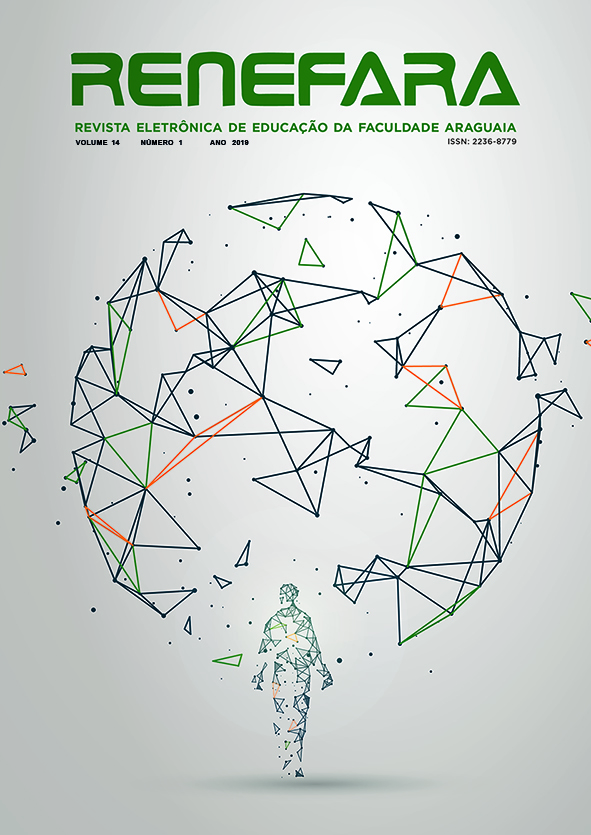ANALYSIS OF THE MODULUS OF ELASTICITY OF CONCRETE INTERFERENCE IN MULTIPLE FLOOR BUILDINGS
Keywords:
Módulo de elasticidade, resistência à compressão, estabilidade global, TQSAbstract
The present study aims to evaluate the influence of the modulus of elasticity of concrete in multi-floor buildings. Initially four simulations were carried out with the aid of TQS software for a 30 storey building, altering in each one only the type of aggregate (basalt, granite, limestone and sandstone). It was observed that the lower the modulus of deformation of the concrete, the greater the displacements and second-order forces acting on the structure. Next, a comparison was made in terms of overall stability between NBR 6118: 2014 and NBR 6118: 2003. It was verified that the structures executed before the revision of this norm may be exhibiting a behavior different from that predicted in projects. Sequentially a study of the variation of material consumption was carried out so that simulated structures with different types of aggregate presented the same coefficient γz, altering the sections of the pillars in the simulated structures with aggregates that give the concrete a smaller modulus of elasticity. There was an expressive increase of concrete, forms and steel in the pillars, a small reduction of these inputs in the beams, and uniformity in the slabs. Finally, a comparison was made between a scaling of the compressive strength of the concrete, decreasing the same along the pillars, in relation to the use of a single class of resistance in a structure. It has been verified that this alternative proves feasible, and can generate a reduction of a structure"™s costs of.
Downloads
Published
Issue
Section
License
The copyright of the published articles will be transferred to the Uniaaraguaia Magazine, allowing its subsequent reproduction as transcription and with due citation of source. In the event of acceptance and before the publication of the article, the plaintiff (s) shall write a statement formally transferring copyright to the magazine.
The author may also print and distribute copies of his article, provided that he mentions that the rights belong to the Uniaaraguaia Magazine.
Author rights include the right to reproduce in full or partly by any means, distribute this article, including figures and photographs.
By submitting originals to the Uniaaraguaia magazine, the author or authors express agreement with the following terms:
a) Authors maintain copyright and grant Uniaraguaia magazine the right of first publication, with the work simultaneously licensed under the Creative Commons Attribution license that allows the sharing of work with recognition of the authorship and initial publication in this magazine.
b) Authors are authorized to assume additional contracts separately, for non-expiration distribution of the work version published in this magazine (eg publish in institutional repository or as book chapter), with recognition of authorship and initial publication in this journal.
c) Authors are allowed and are encouraged to publish and distribute their work online (eg in institutional repositories or on their personal page) to any point before or during the editorial process, as this can generate productive changes as well as increase the impact and citation of published work.

